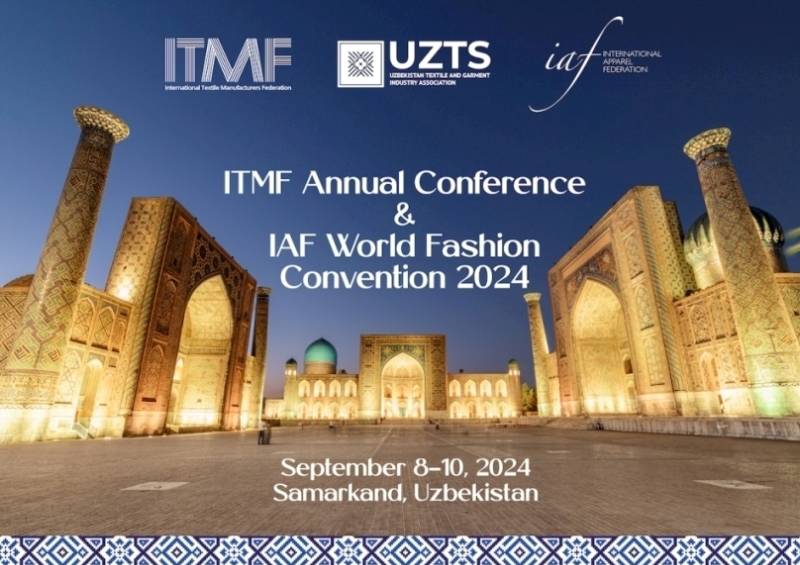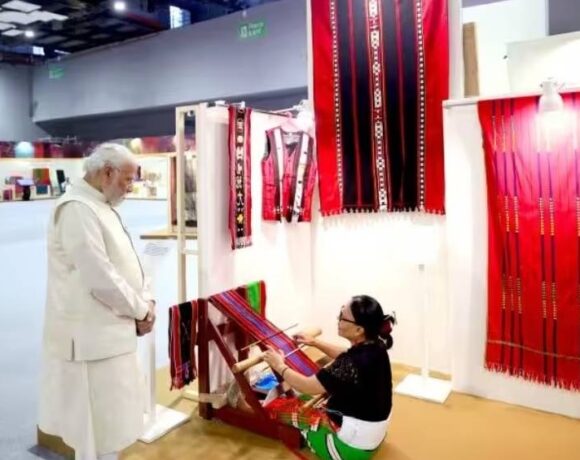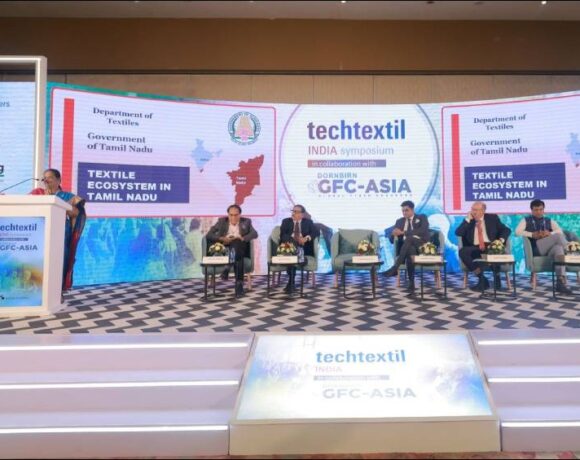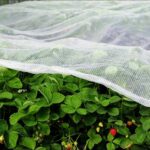ITMF & IAF Jointly Holding Annual Convention In Uzbekistan

The International Textile Manufacturers Federation (ITMF) and the International Apparel Federation (IAF) are jointly holding their annual convention in Samarkand, Uzbekistan from 8-10 September.
The joint annual conference is being organised in cooperation with the Uzbek Textile & Apparel Industry Association (Uztextileprom).
“The theme of the convention is Innovation, Cooperation & Regulation – Drivers of the Textile & Apparel Industry,” ITMF said in a press release.
The convention will bring together the entire supply chain, including raw material suppliers, spinners, weavers, machine suppliers, garment and home textile manufacturers, brands and retailers.
Industry experts and leaders will discuss the relevance of innovation, cooperation, and regulation for the industry and how they will influence and shape the future.
The convention will also introduce the Uzbek textile and garment industry to the world, by providing a good view of the industry, both during the conference program and during planned factory visits.
Uzbekistan was known as one of the major cotton producers in the world. But in the last 10-15 years it has turned from a major cotton exporter to a cotton importer.
“During this time, Uzbekistan has developed a textile and apparel industry that is in an exciting early stage of rapid development,” ITMF added.
IAF and ITMF are organising their annual conventions together out of a conviction that the apparel and textile industry need to jointly discuss collective solutions for our common industry challenges.
According to ITMF, textile and garment manufacturers together hold keys to the solutions that the entire fashion industry relies upon.
Reduction of the environmental footprint of textile and apparel products happens at the level of fibre producers, spinners, weavers, knitters, finishers, printers, and sewing operations.
Information needed to fill a Digital Product Passport or to run a 3D digital design and development operation requires an effective flow of information between all segments of the textile and apparel value chain.














